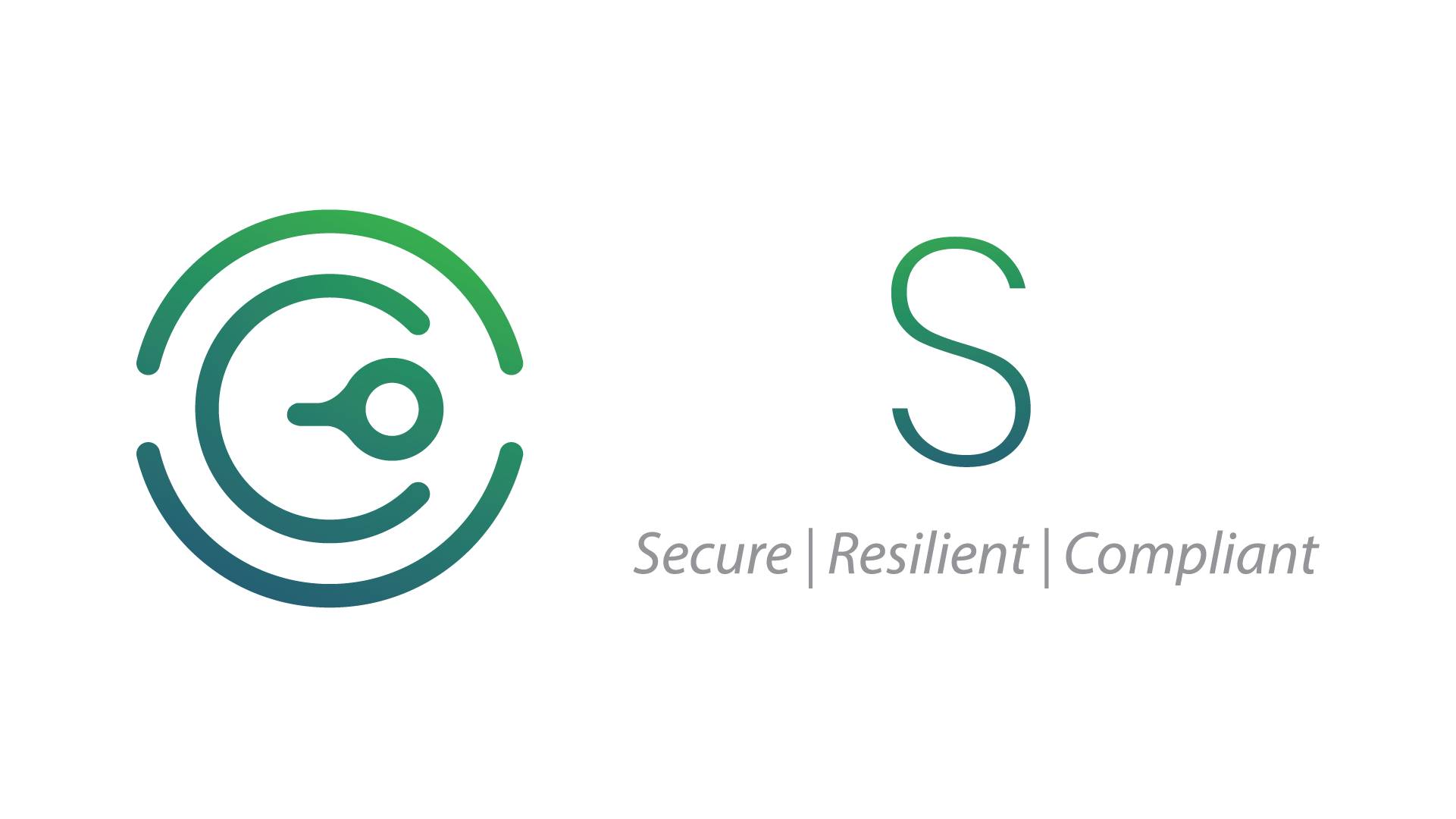
Cloud Migration Challenges in KSA: Overcoming Security and Compliance Issues
The Kingdom of Saudi Arabia (KSA) is undergoing a significant digital transformation fueled by initiatives like Vision 2030. As businesses in the region embrace innovation, cloud migration has emerged as a key driver for scalability, cost-efficiency, and enhanced service delivery. However, transitioning to the cloud is not without challenges. Organizations in KSA must navigate complex security, compliance, and operational hurdles to achieve a seamless migration process.
This article explores the major challenges associated with cloud migration in KSA and provides actionable strategies to overcome them, ensuring security and compliance.
1. Cloud Adoption Trends in KSA
Cloud adoption in KSA is accelerating across various industries, including finance, healthcare, and government. This growth is driven by the need to modernize infrastructure, optimize costs, and meet the demands of a rapidly evolving digital landscape.
Key Drivers of Cloud Adoption in KSA:
- Vision 2030: The Saudi government’s Vision 2030 initiative emphasizes technology-driven economic diversification, encouraging organizations to adopt advanced technologies like cloud computing.
- Increased Investments: Global cloud providers, such as AWS, Microsoft Azure, and Google Cloud, are establishing data centers in KSA to cater to local demands.
- Remote Work and Digital Services: The COVID-19 pandemic accelerated the adoption of cloud solutions to support remote work and digital transformation.
Market Growth Statistics:
- The cloud computing market in KSA is projected to grow at a compound annual growth rate (CAGR) of 25% between 2021 and 2026.
- Sectors like banking, healthcare, and education are leading in cloud adoption due to their reliance on secure and scalable IT solutions.
2. Major Challenges in Cloud Migration
While the benefits of cloud migration are undeniable, organizations in KSA face several challenges that must be addressed for a successful transition.
a. Security Concerns
Security remains one of the top challenges during cloud migration. Organizations are vulnerable to threats such as:
- Data Breaches: Sensitive data can be exposed during the migration process due to improper handling or insufficient encryption.
- Misconfigurations: Errors in cloud configurations can create entry points for cyberattacks.
- Insider Threats: Unauthorized access by employees or third-party vendors can compromise data integrity.
b. Compliance with Regulatory Requirements
KSA has a stringent regulatory environment to protect data privacy and national security.
- SAMA Cyber Security Framework: Financial institutions must comply with the Saudi Arabian Monetary Authority’s (SAMA) guidelines to ensure secure operations.
- Data Sovereignty: Organizations must store and process sensitive data within the country’s borders, adhering to local laws.
- Cross-Border Data Transfer Restrictions: Global companies operating in KSA face challenges in transferring data across borders while complying with local and international regulations like GDPR.
c. Lack of Skilled Workforce
A shortage of skilled cloud professionals is a significant barrier to seamless migration. Organizations often struggle to find talent with expertise in:
- Cloud security and compliance.
- Cloud-native application development.
- Advanced tools for monitoring and optimization.
d. Migration Downtime and Business Disruption
Cloud migration can disrupt normal business operations, leading to:
- Service interruptions that affect customer experience.
- Delayed processes and productivity losses.
- Increased pressure on IT teams to resolve technical issues quickly.
e. Cost Management
While cloud adoption is cost-efficient in the long term, migration itself can incur:
- High upfront costs for infrastructure upgrades.
- Unexpected expenses due to extended timelines or unplanned resources.
- Overruns caused by a lack of clear budgeting.
3. Best Practices for Overcoming Cloud Migration Challenges
Organizations in KSA can overcome these challenges by adopting best practices tailored to their unique operational and regulatory needs.
a. Conduct a Comprehensive Assessment
Start with a detailed evaluation of your current IT infrastructure to identify:
- Workloads suitable for cloud migration.
- Security vulnerabilities and areas requiring improvement.
- Estimated costs and timelines for migration.
Tools: Use cloud readiness assessment tools like AWS Migration Evaluator or Microsoft Azure’s Total Cost of Ownership (TCO) calculator.
b. Develop a Clear Migration Strategy
A well-structured migration plan minimizes risks and ensures a smooth transition.
- Phased Migration: Migrate workloads in phases to reduce disruption.
- Prioritization: Focus on mission-critical applications first, followed by less critical ones.
- Backup Plans: Maintain on-premises backups during migration to prevent data loss.
c. Ensure Compliance with KSA Regulations
Work closely with legal and compliance experts to meet regional requirements:
- Align with the SAMA Cyber Security Framework for financial institutions.
- Use local data centers to address data sovereignty concerns.
- Consult with compliance specialists to navigate cross-border data transfer restrictions.
d. Leverage Advanced Security Solutions
Implement robust security measures to protect data during migration:
- Encryption: Use end-to-end encryption for data in transit and at rest.
- Identity and Access Management (IAM): Restrict access to authorized personnel only.
- Zero-Trust Architecture: Adopt a “never trust, always verify” approach to access control.
e. Train and Upskill IT Teams
Invest in training programs to bridge skill gaps:
- Encourage certifications in cloud platforms like AWS, Azure, and Google Cloud.
- Conduct workshops on compliance and security best practices.
- Provide hands-on experience with cloud migration tools.
f. Partner with Trusted Cloud Service Providers
Choose cloud providers with a strong presence in KSA:
- Evaluate their compliance readiness and security measures.
- Ensure they offer support for local regulations like data sovereignty.
- Leverage managed services to reduce the burden on in-house IT teams.
g. Monitor and Optimize Continuously
After migration, focus on optimizing performance and costs:
- Use monitoring tools to detect vulnerabilities.
- Regularly review cloud usage and adjust resources to avoid overspending.
- Perform audits to ensure ongoing compliance.
Conclusion
Cloud migration presents immense opportunities for businesses in KSA, but it also comes with challenges that require careful planning and execution. By addressing security concerns, complying with regulatory frameworks, and leveraging advanced tools and practices, organizations can achieve a smooth and secure transition to the cloud.
At Centre Systems Group, we specialize in providing end-to-end cloud migration services tailored to the unique needs of KSA businesses. Contact us today to ensure a secure and compliant journey to the cloud.
Frequently Asked Questions
What is cloud migration?
Cloud migration involves transferring an organization's data, applications, or systems from on-premises infrastructure to a cloud platform.
What are the biggest cloud migration challenges in KSA?
Security concerns, regulatory compliance, lack of skilled professionals, and managing hybrid infrastructures are key challenges
How does SAMA impact cloud migration in KSA?
SAMA mandates strict cybersecurity guidelines for financial institutions, influencing how they adopt and secure cloud services.
What is the best approach to minimize migration downtime?
A phased migration plan and thorough pre-migration testing help minimize disruptions during the transition.
What are the most effective tools for secure cloud migration?
AWS Migration Hub, Azure Migrate, and Google Cloud Transfer are widely used for secure and seamless cloud migrations.
How can businesses ensure compliance with KSA regulations?
By storing sensitive data locally in compliance with data sovereignty laws and aligning with NCA and SAMA frameworks.
What are the cost factors involved in cloud migration?
Costs include infrastructure upgrades, migration tools, compliance measures, and training for IT teams.
How does cloud migration benefit KSA businesses?
It enhances scalability, operational efficiency, and disaster recovery capabilities, supporting digital transformation goals.
What risks are associated with cloud misconfigurations?
Misconfigurations can expose sensitive data, create unauthorized access points, and increase the risk of breaches.
How can businesses secure data during migration?
Use end-to-end encryption, robust access controls, and secure data transfer protocols throughout the migration process.



Leave a Reply